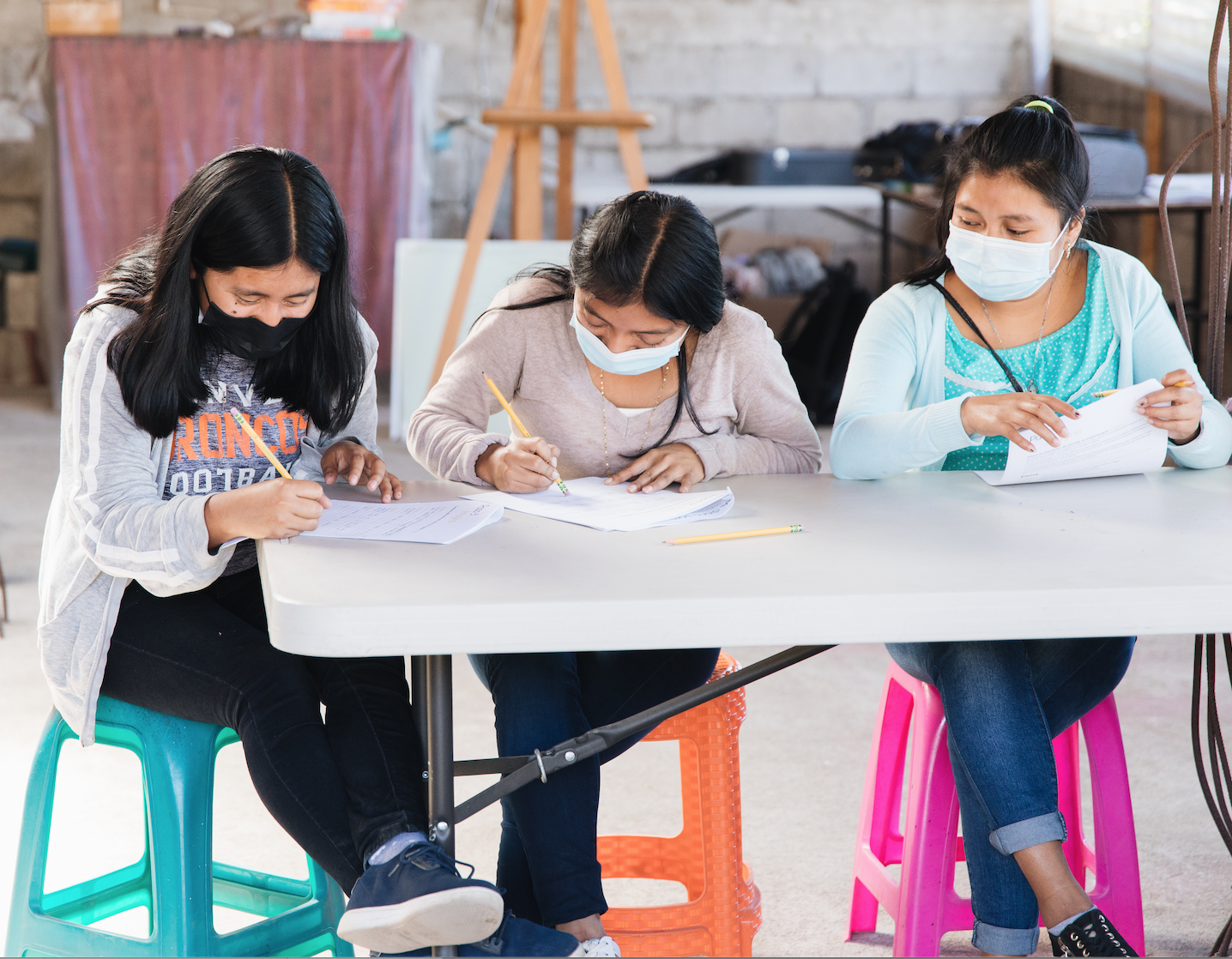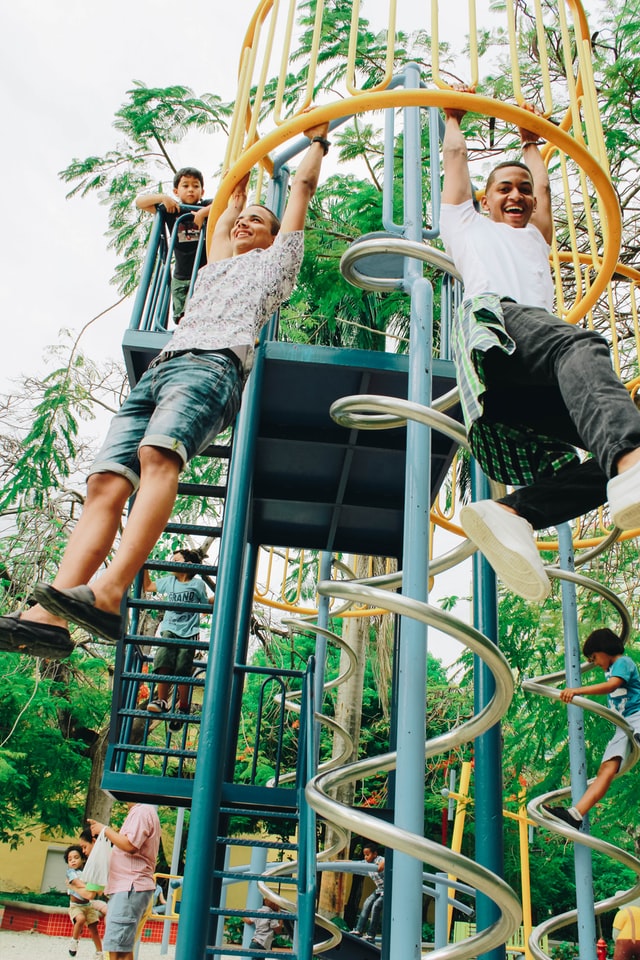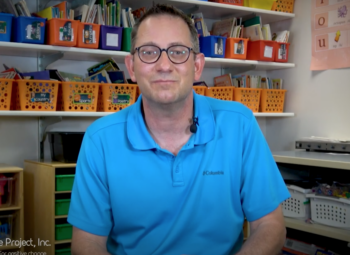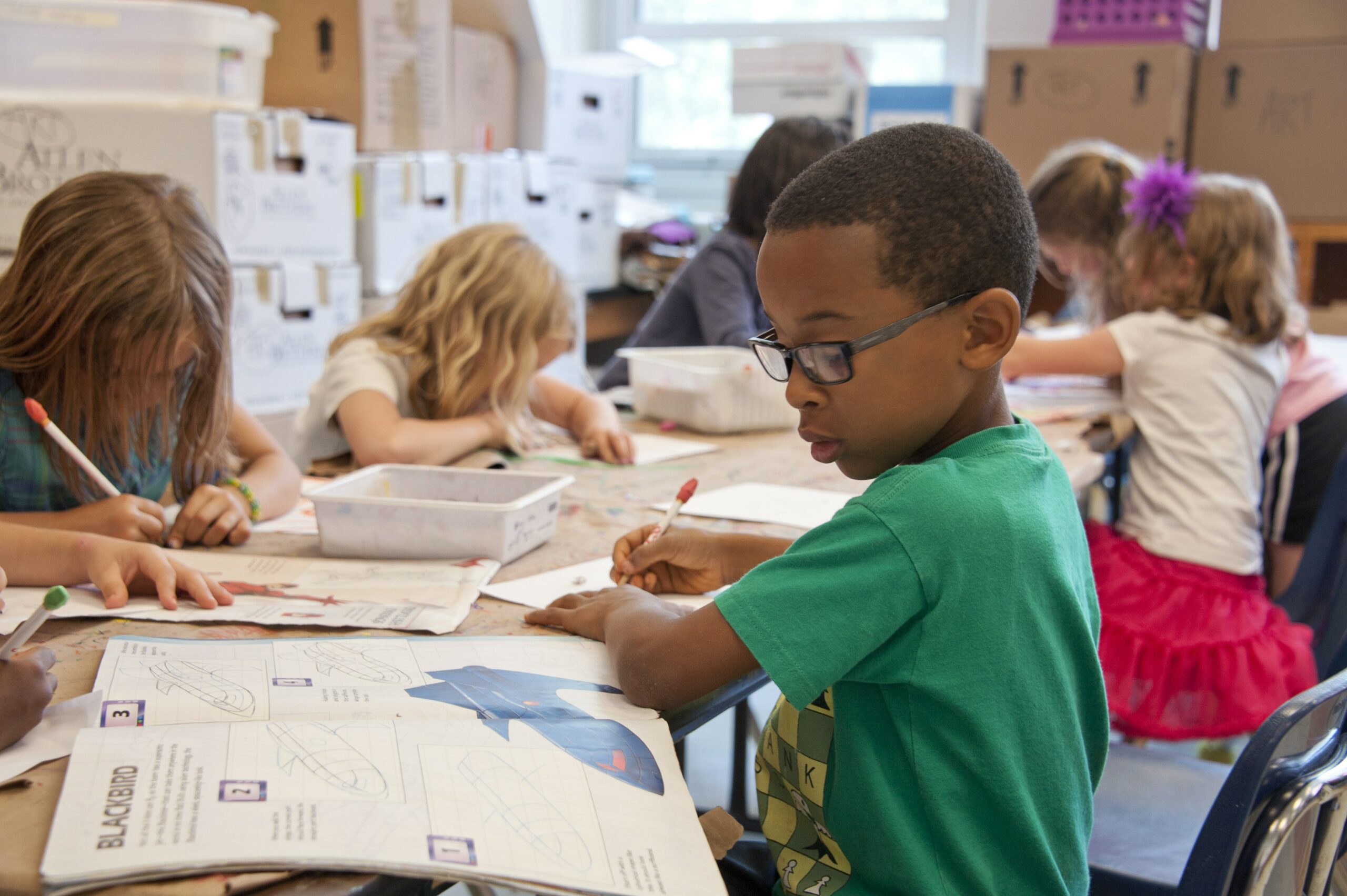
Addressing a Child’s Mental Health is Important
Mental health means having emotional, psychological, and social well-being; when we think, act, and feel from a balanced perspective the majority of the time. Having

Mental health means having emotional, psychological, and social well-being; when we think, act, and feel from a balanced perspective the majority of the time. Having

Most adults and children feel anxiety at some point in their lives. Unfortunately, the incidence of anxiety has increased over the last decade, and dramatically

The start of the new year signifies a time for new opportunities, goals, and reflection. While people usually treat New Year’s resolutions as an individual

I was recently sitting and talking with a dear friend who has successfully beat cancer. As we talked she shared that she was beginning to

Gratitude is so simple, yet most people overlook its amazing benefits. Dr. David Hamilton, author of Why Kindness is Good for You, writes, “Gratitude is

Intuition is not talked about often, but we all have it and we all feel it from time to time. Intuition is important because it’s

It’s back to school time 2021 style and it’s just plain stressful for students, teachers, parents, and admin. The reasons are obvious and endless. I

Whether you’re planning a new family or raising children from ages one to eightteen, having great parenting advice can really help you make healthier and

Water and kids go hand-in-hand during the summer months, but daily doses of splishing and splashing need to be taken seriously despite the fun factor.

Many people are curious about Emotional Freedom Technique (EFT), also called Tapping. Tapping is a tool anyone can use to help them deal with difficult




Join our community to get the latest tips, exclusive offers, and updates straight to your inbox. Don’t miss out—subscribe now and be the first to know!